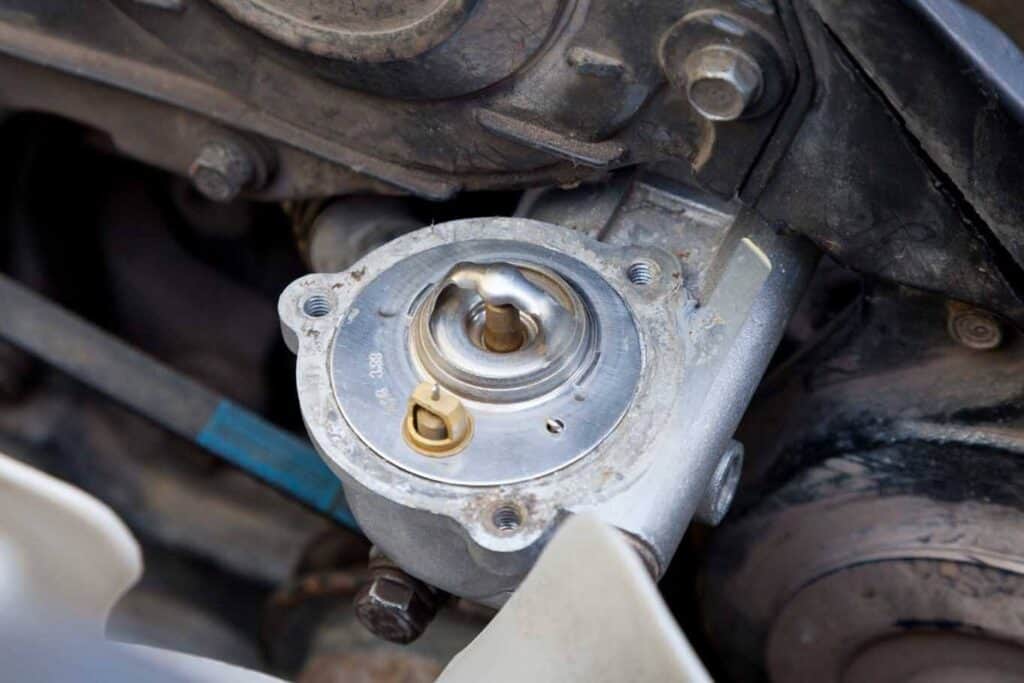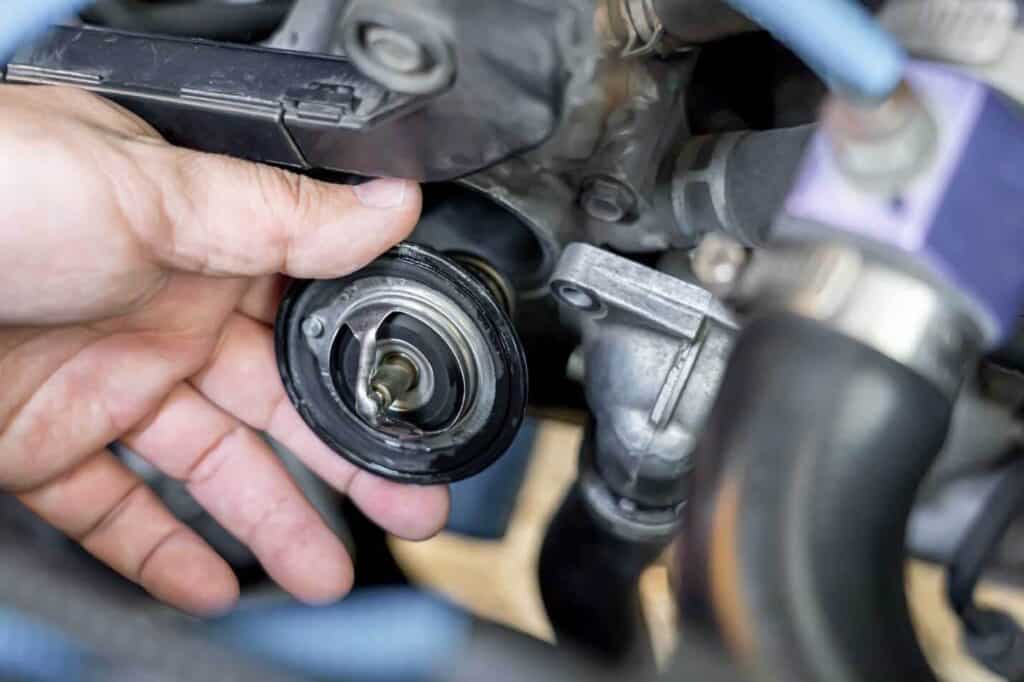Introduction: The Unsung Hero’s Lifespan
Did you know that your car’s thermostat, though small, plays a crucial role in the performance of your engine? This nifty gadget controls the flow of coolant to the engine, ensuring it operates at its optimum temperature. But like all things, thermostats have a lifespan. In this article, we’ll discuss how long car thermostats typically last, factors that influence their lifespan, and tips to prolong their life. We’ll also delve into the importance of regular maintenance and how to recognize when it’s time for a replacement.
The Average Lifespan of a Car Thermostat
On average, a car thermostat can typically last anywhere from approximately 100,000 to 160,000 kilometers. Some can even reach up to 240,000 kilometers under ideal conditions. However, bear in mind that these are just averages. Numerous factors can influence the lifespan of your thermostat, thus making it crucial to regularly monitor its health.

Factors That Affect the Lifespan of a Thermostat
A thermostat’s lifespan can be influenced by several factors. Driving conditions, for instance, have a significant impact. If you frequently drive in heavy traffic or harsh weather, it might wear out sooner.
The type of coolant used and its maintenance can also affect the thermostat’s lifespan. Coolants contain anti-corrosive additives that protect the thermostat and other engine components. But over time, these additives break down, and the coolant can become acidic, leading to corrosion.
Lastly, the quality of the thermostat itself matters. Like any product, some brands are known for their durability, while others might not last as long. Investing in a high-quality thermostat can pay off in the long run.
Tips to Prolong the Life of Your Car’s Thermostat
To prolong your thermostat’s life, consider these tips:
• Regular maintenance: Regularly check your thermostat’s condition and replace the coolant as recommended by your vehicle’s manufacturer.
• Use high-quality coolant: Invest in a high-quality coolant with anti-corrosive additives to protect your thermostat and other engine components.
• Avoid aggressive driving: Frequent speeding, hard braking, and driving in heavy traffic can strain your engine and, by extension, the thermostat.
• Invest in a quality thermostat: A high-quality thermostat might cost more upfront but can save you money in the long run by lasting longer and preventing engine damage.
Importance of Regular Maintenance to Keep Your Thermostat in Good Condition
Regular maintenance is key to prolonging your thermostat’s lifespan and ensuring it functions properly. This includes regular coolant changes, which prevent corrosion, and thermostat checks to catch any potential issues early. Remember, a malfunctioning thermostat can lead to engine overheating and significant damage. Preventive maintenance is always cheaper than a major repair or engine replacement.
When to Replace Your Thermostat: Signs That It’s Time
While thermostats can last many miles, they don’t last forever. It’s important to recognize the signs that it’s time for a replacement. These may include:
• Engine overheating: This is the most common sign of a faulty thermostat. If your thermostat is stuck closed, coolant can’t flow to the engine, causing it to overheat.
• Poor fuel efficiency: If your thermostat is stuck open, your engine can run cold, reducing its efficiency and increasing fuel consumption.

• Fluctuating temperature gauge: If the temperature gauge on your dashboard is erratically moving between hot and cold, it might indicate a thermostat problem.
• Cold air from the heater: If the thermostat is stuck open, the engine won’t reach its optimum operating temperature, and the air from your heater may be cooler than usual.
Conclusion: A Little Care Goes a Long Way
In conclusion, the lifespan of a car thermostat is influenced by several factors, including the driving conditions, coolant quality, and the thermostat’s quality. Regular maintenance and careful driving can go a long way in extending its life. And when it’s time for a replacement, acting promptly can save you from costlier problems down the line. After all, a little care today can ensure your engine’s performance for miles to come. Happy driving!
